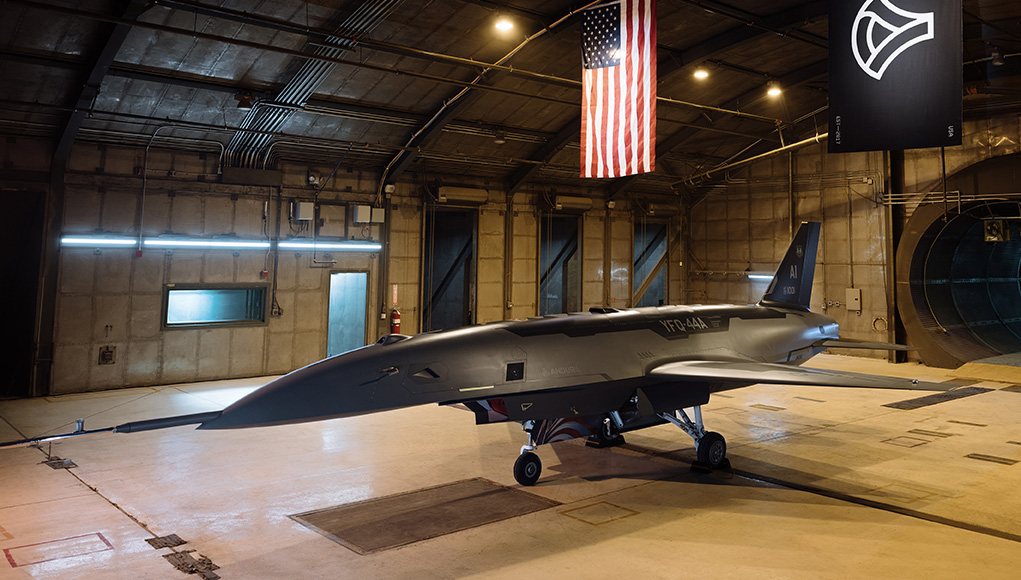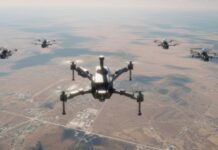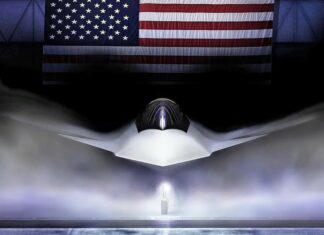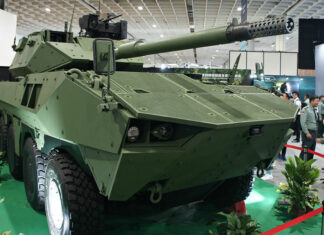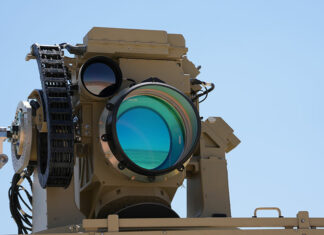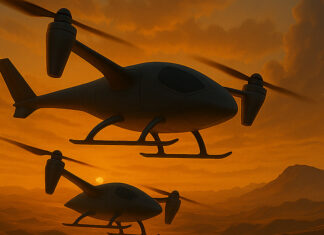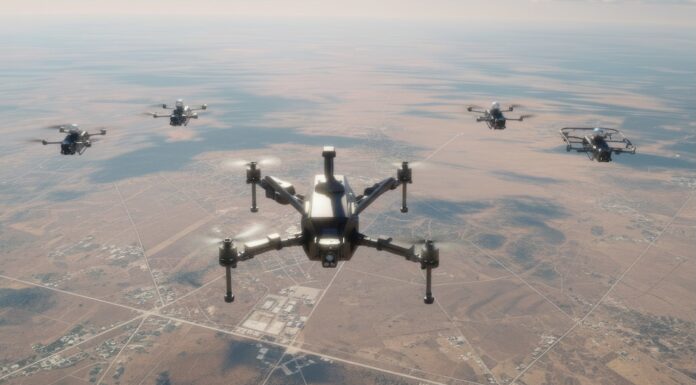The U.S. Air Force has entered a pivotal chapter in its Collaborative Combat Aircraft (CCA) program with the commencement of comprehensive ground testing for Increment 1 prototypes. This milestone marks the transition from design to validation, providing crucial data on propulsion systems, avionics integration, autonomy algorithms and ground-control interfaces ahead of first flight trials slated for later in 2025.
Two industry teams are leading the effort. General Atomics Aeronautical Systems is evaluating its YFQ-42A production-representative test vehicle, while Anduril Industries is advancing the YFQ-44A design. Both platforms will undergo exhaustive evaluations to ensure they meet stringent performance and reliability benchmarks before entering the flight-test phase. Air Force Chief of Staff Gen. David W. Allvin emphasized the importance of this stage, noting that these tests “bridge the gap between design and flight, reducing integration risks, boosting confidence and laying the groundwork for a successful first flight and eventual fielding to the warfighter.”
At its core, the CCA initiative embodies a broader Air Force strategy to build more agile, scalable force packages underpinned by human-machine teaming and Agile Combat Employment (ACE) concepts. Increment 1 CCAs are the first aircraft conceived from the outset to operate within ACE-basing schemes, serving as force multipliers that extend reach, augment survivability, and enhance lethality in contested airspace—all at a fraction of the cost of traditional crewed fighters. As Gen. Allvin remarked, “We’re moving fast because the warfighter needs this capability. CCA is about delivering decisive advantage in highly contested environments.”
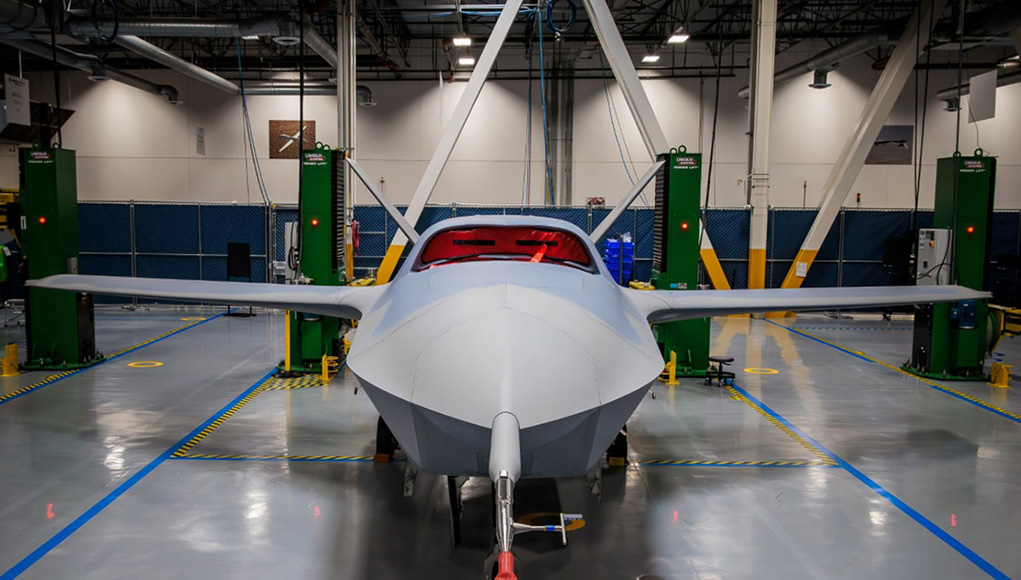 The decision to pursue a dual-vendor approach also reflects a deliberate risk-mitigation strategy. By advancing two distinct designs in parallel, the Air Force hedges against development delays or technical hurdles at either contractor. This competitive framework not only incentivizes peak performance from both teams but also provides the opportunity to evaluate divergent technological solutions—potentially combining the best attributes of each platform in subsequent program increments. Work is already underway to define the requirements for Increment 2, which promise to diverge substantially from those of Increment 1, signaling a continuous evolution of CCA roles and capabilities.
The decision to pursue a dual-vendor approach also reflects a deliberate risk-mitigation strategy. By advancing two distinct designs in parallel, the Air Force hedges against development delays or technical hurdles at either contractor. This competitive framework not only incentivizes peak performance from both teams but also provides the opportunity to evaluate divergent technological solutions—potentially combining the best attributes of each platform in subsequent program increments. Work is already underway to define the requirements for Increment 2, which promise to diverge substantially from those of Increment 1, signaling a continuous evolution of CCA roles and capabilities.
In tandem with prototype testing, the Air Force has chosen Beale Air Force Base, California, as the preferred site for its CCA Aircraft Readiness Unit (ARU). Unlike traditional fighter squadrons, the semi-autonomous nature of CCA platforms will allow readiness to be maintained largely through software updates, simulations, and ground-based checks rather than extensive flight hours. This new paradigm could significantly reduce logistical burdens, airframe wear, and overall operational costs while reshaping personnel training and deployment models for autonomous combat aircraft.
Initially, CCAs stationed at Beale would be able to join human-piloted aircraft on flight tests off the California coast over the Pacific Ocean and participate in air exercises over Nevada. While CCA assets will be stationed and maintained at Beale AFB, they are expected to be disassembled and deployed, possibly transported by C-17s, to join human-piloted air assets at other bases. These operational concepts are likely to evolve before such aircraft become operational.
With flight testing on the horizon and a production decision for Increment 1 anticipated in Fiscal Year 2026, the accelerated timeline of the CCA program underscores the Air Force’s urgency in countering emerging near-peer threats. If successful, CCAs will represent a transformative leap in how air power is conceived, procured and employed—paving the way for a future force architecture that seamlessly integrates crewed and uncrewed combat systems.


